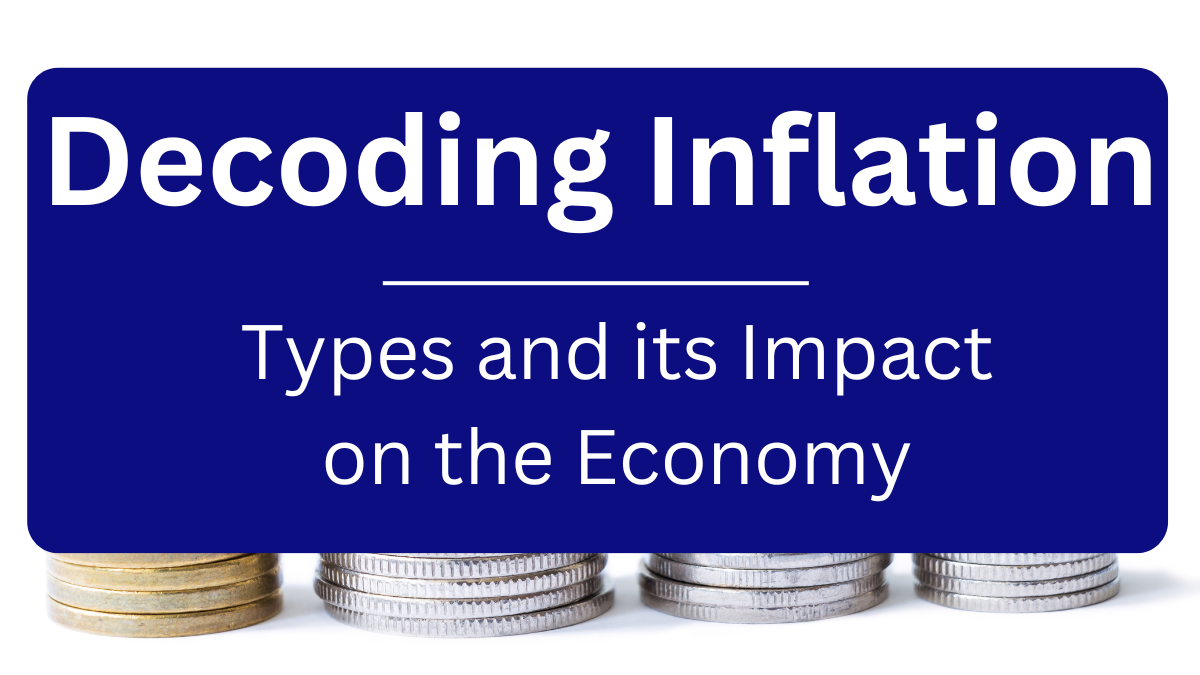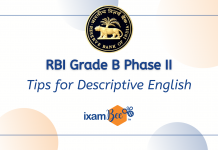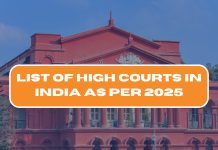You went to the store last year and bought your favorite chocolate bar for INR 50. Fast forward to this year, and you notice that the same chocolate bar now costs INR 100. Do you observe the extra 50 cents you’re shelling out? That’s inflation in action.
Inflation is basically the gradual increase in the prices of goods and services over time. It means that the money you have today might not buy you as much tomorrow. So, while you used to be able to buy a few chocolate bars with a dollar bill, now you might need a bit more money to get the same amount.
Metaphorically, inflation is like a silent thief that slowly attacks at the purchasing power of your money. It’s a key concept in economics and affects everything from the price of a single matchbox to the cost of housing. Governments and central banks keep a close eye on inflation and use various tools to try and manage it, aiming for a balance where prices rise steadily, but not too quickly.
In one of our previous blogs ‘How Printing More Money can Cause Inflation’, we discussed the impact of printing money and some causes of inflation. But do you know that inflation is not inflation in itself, but it has different types? If not, then you are at the right place. In this blog, we are going to talk about the types of inflation. No matter if you belong to any economic background or not, you should at least have an overview of how the economy of a country works and how external and internal factors impact it.

Types of Inflation
There are total 4 types of inflation that impacts the economy:
- Demand Pull Inflation
- Cost Push Inflation
- Structural Inflation
- Hyperinflation
Now, let’s understand them one by one.
Demand-Pull Inflation:
Remember in the game of musical chairs where everyone wants a seat, but there aren’t enough chairs to go around? Demand pull inflation acts in the same way. It is the situation, when the demand for goods and services is so high that it overlaps the available supply, causing prices to rise.
Example
Let’s say there’s a new craze for a particular smartphone model. Everyone wants it, but the company can only produce a limited number each month. As a result, the demand far exceeds the supply, leading to bidding wars and higher prices in the resale market. Suddenly, what used to cost INR 5500 now goes for INR 10,000 because demand is pulling prices up.
Effects on Consumers:
For consumers, demand-pull inflation can feel like a double-edged sword. On one hand, it’s a sign of a booming economy where everyone’s got money to spend. But on the flip side, it means your hard-earned cash doesn’t hold the same strength of purchasing like before. That INR 1000 you used to spend on groceries might only get you a basketful instead of a cartful.
Impacts on the Economy:
While a little bit of demand-pull inflation can be a sign of healthy economic growth, too much can spell trouble. When prices rise too quickly, it can erode people’s purchasing power and lead to a decrease in their standard of living. Plus, it can set off a chain reaction where businesses raise prices to cover their higher costs, creating a vicious cycle of inflation.
Cost Push Inflation
Cost push inflation is a situation, when the cost of producing goods and services increases, leading businesses to raise prices to maintain their profit margins. The manufacturing material costs suddenly skyrocket and consequently, it starts influencing the final product/commodity.
Example
The sudden increase in fuel prices is a direct example of Cost Push inflation. When the government hikes up the cost of petrol and diesel, it sends shockwaves throughout the economy. Transport costs rise, which means it costs more to move goods from factories to stores. Plus, industries reliant on fuel for production, like manufacturing and agriculture, face higher operating expenses. Ultimately, these added costs trickle down to consumers in the form of higher prices for everything from groceries to clothing.
Effects on Consumers
Cost-push inflation directly hits the consumer wallets. Everyday essentials become more expensive, sometimes making it harder to make ends meet. Suddenly the weekly grocery bill starts being heavier on the pocket.
Impacts on the Economy:
While a bit of cost-push inflation is normal in a growing economy, too much can throw a wrench in the works. When businesses pass on their higher costs to consumers, it can lead to a decrease in purchasing power and slow down spending. Plus, if wages don’t keep pace with rising prices, it can squeeze household budgets even further, putting a damper on economic growth.
Structural Inflation
Structural inflation is like a house with a shaky foundation/ earthquake – when the underlying structure changes, it affects everything built on top of it. In other words, it happens when the prices rise due to long-term changes in the economy’s structure, such as shifts in supply or demand patterns.
Example
For example, the sudden shortage of skilled workers in certain industries leads to businesses having to compete for talent by offering higher wages. It resulted in the increased labor costs that were passed on to consumers through higher prices for goods and services. Similarly, if there’s a sudden surge in demand for a particular product but not enough supply to meet it, prices can shoot up as sellers capitalize on the imbalance.
Effects on Consumers:
Structural inflation can hit consumers in the quality of life. When prices for essential goods like housing, healthcare, or education soar due to structural factors, it can lead to tight household budgets and force people to make tough choices. Plus, if wages don’t keep up with the rising cost of living, it can exacerbate income inequality and squeeze the middle class.
Impacts on the Economy:
While structural inflation may stem from underlying shifts in the economy, its effects ripple far and wide. When prices for key goods and services spiral out of control, it can dampen consumer spending and slow down economic growth. Plus, if left unchecked, structural inflation can create bottlenecks in the economy and hinder long-term development.
Hyperinflation
Hyperinflation is like a roller coaster ride, for commodity prices but the twist is, that this ride only goes up. It is the situation, when prices skyrocket at an insanely fast pace, making money practically worthless.
Example
Fortunately, India hasn’t experienced hyperinflation like some other countries. However, it is essential to understand the potential consequences. If, for instance, there’s a sudden loss of confidence in the Indian rupee due to political instability or reckless government policies, it could trigger a spiral of hyperinflation. Again, the prices for everyday goods like bread, milk, or fuel could soar to extreme levels, making it nearly impossible for ordinary people to afford the basics.
Effects on Consumers:
Hyperinflation impacts consumers in a way that it wipes out their purchasing power way faster. In hyperinflation circumstances, the money in their pockets becomes worthless, and people will struggle to afford even the most essential items. Savings evaporate, and people resort to extreme measures just to survive.
Impacts on the Economy:
When hyperinflation runs rampant, it’s like an economic apocalypse – businesses shutter, unemployment skyrockets, and the economy grinds to a halt. Confidence evaporates, investment dries up, and chaos reigns supreme. It can take years, if not decades, for a country to recover from the devastation wrought by hyperinflation.
Conclusion
Understanding the different types of inflation is like having a map to navigate through the twists and turns of the economy. From demand-pull to hyperinflation, each type brings its own challenges and impacts. By knowing how these types work, we can better prepare for their effects and work towards keeping our economy stable and resilient. So, whether you’re a student, a business owner, or just someone interested in how the world works, knowing about inflation types is an essential tool for navigating the complex landscape of economics.
Get Free Online Test Series, GK updates in form of Beepedia, BeeBooster, as well as latest updates for Bank PO, Bank Clerk, SSC, RBI, NABARD and Other Government Jobs.














